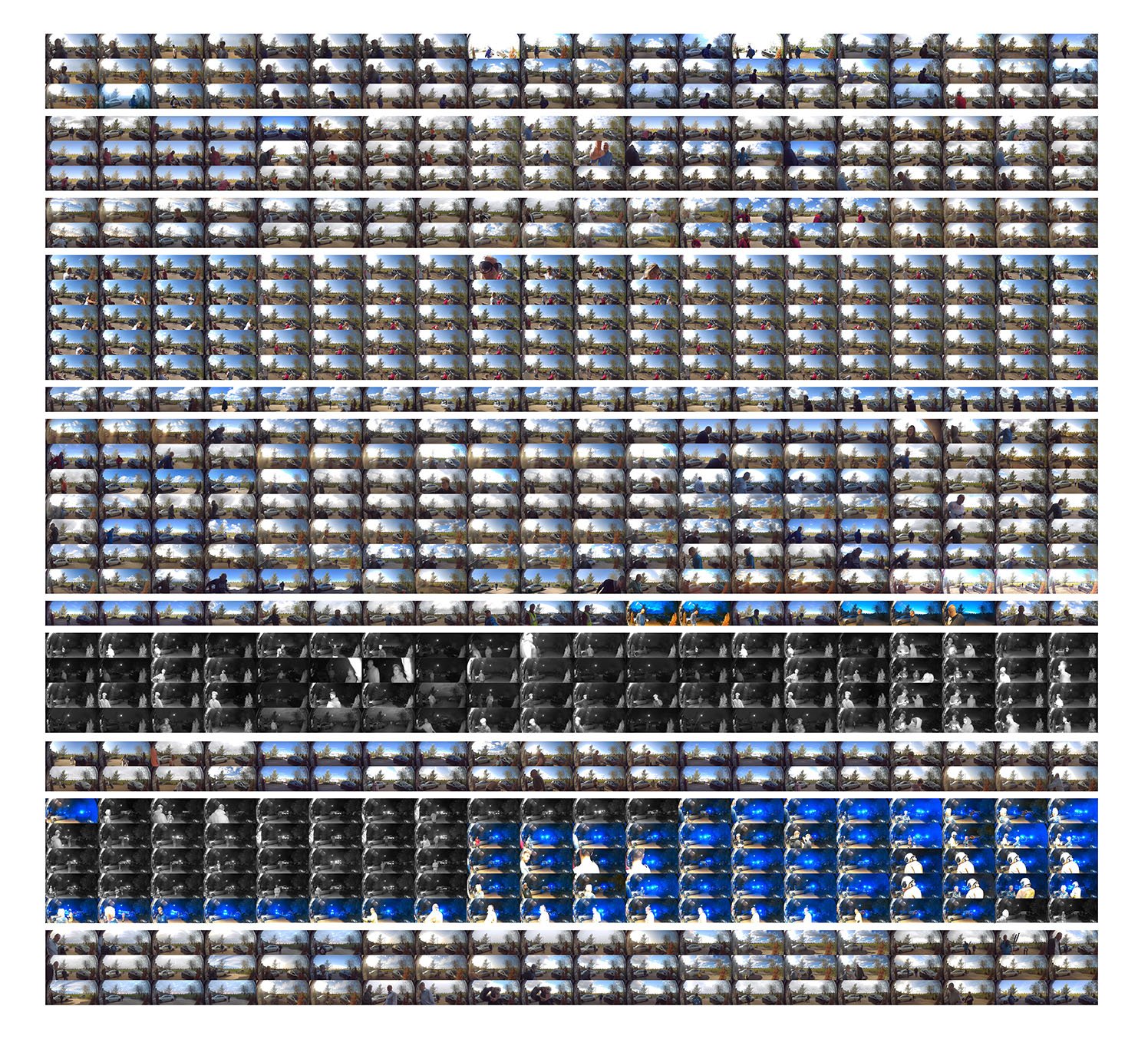
Ciara Richardson
Contemporary documentary methods in photography have the potential to show how racism, war, climate change, globalization, and of course COVID-19, have impacted us emotionally and socially. Passionately socially aware photography motivates me very much. I never underestimate the challenge of respecting people’s privacy and the right to anonymity on the one hand and making valuable insights and culturally important resources available to other people, artists and photographers. I do believe that it is possible to judge and balance the risk of a negative personal impact on a person when deciding if photographs of them should be published or exhibited.
My approach is to choose a working method that suits a specific situation. By experimenting with photographic methods that are used in other fields of knowledge, I research how multiple types of image and text materials can present photographic narratives in non-traditional ways. My projects not only act as a platform for my own views and interests. They also provide a way for others to disseminate their own ideas in a public way. This is the case with my current investigations into the social and technical conventions associated with portraiture in photography.
A Lot Happens at Your Front Door
The subject of my project is surveillance. I am intervening in the footage taken by the RingDoorbell camera on my front door in order to create new sequences and mini-narratives. The Ring Doorbell system catalogues the encounters which occur outside my house and uploads the footage to a cloud database. Using my phone I download the videos which I then re-assemble. I am drawing attention to how this home surveillance system purports to keep me safe yet may alternatively increase paranoia. Everyday activities such as dog walking or the receipt of deliveries from the outside appear equally absurd and unsettling.
How do you see the world!
I have been collaborating with my subjects and experimenting with human reactions to challenging scenarios. Subjects were asked five diverse questions. The project attempted to get subject's expressions and reactions to these psychologically challenging questions, using voice recordings and photography of the young adults.





